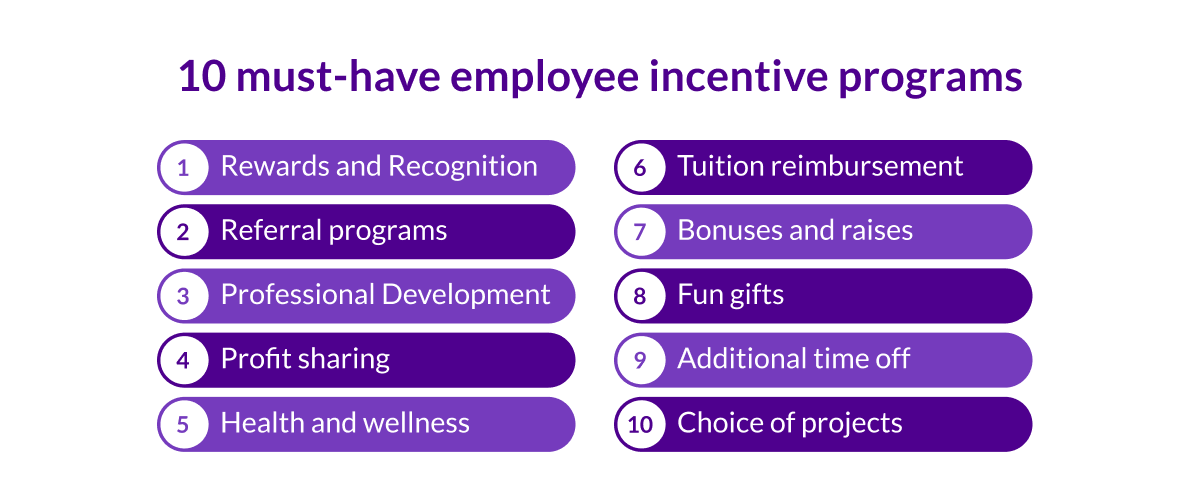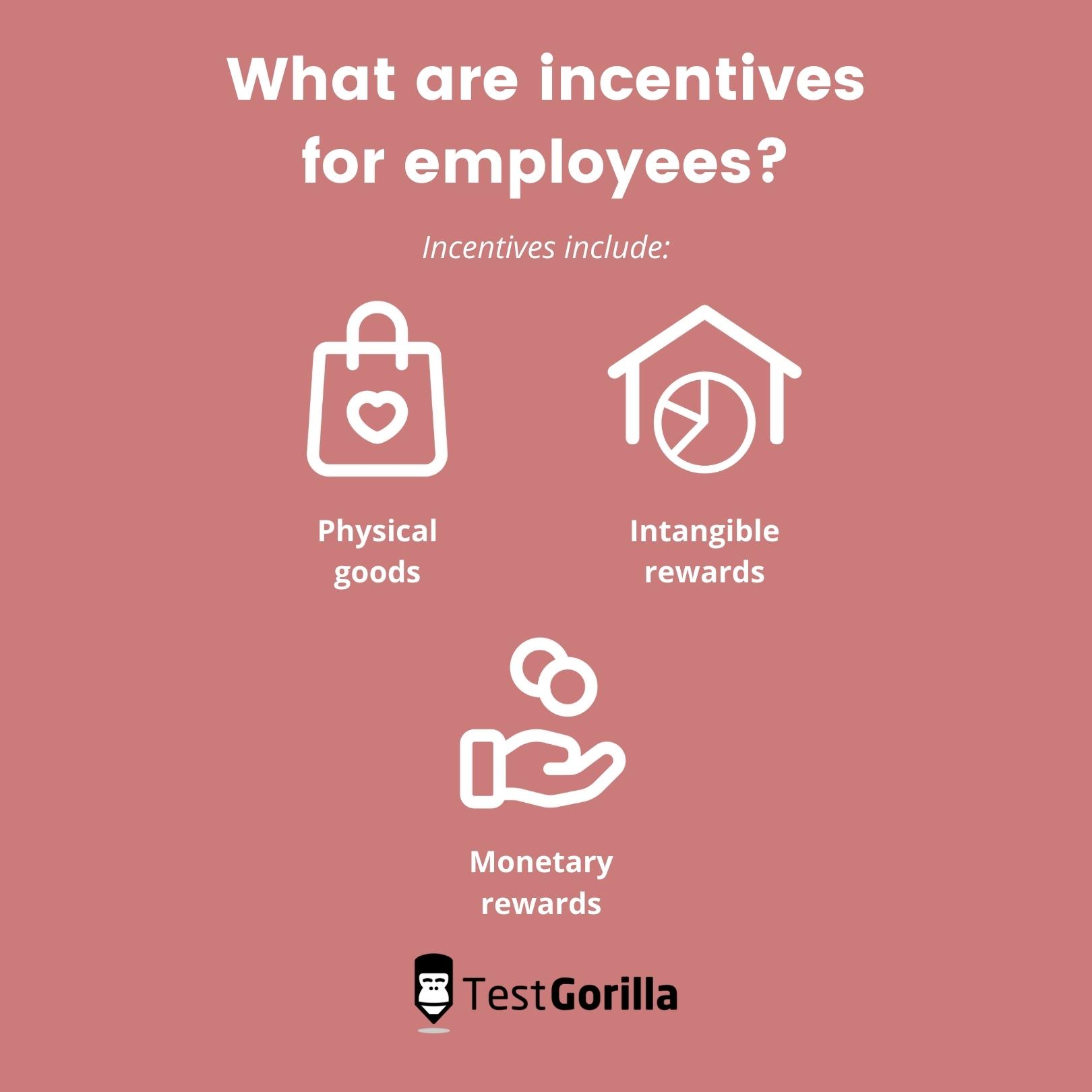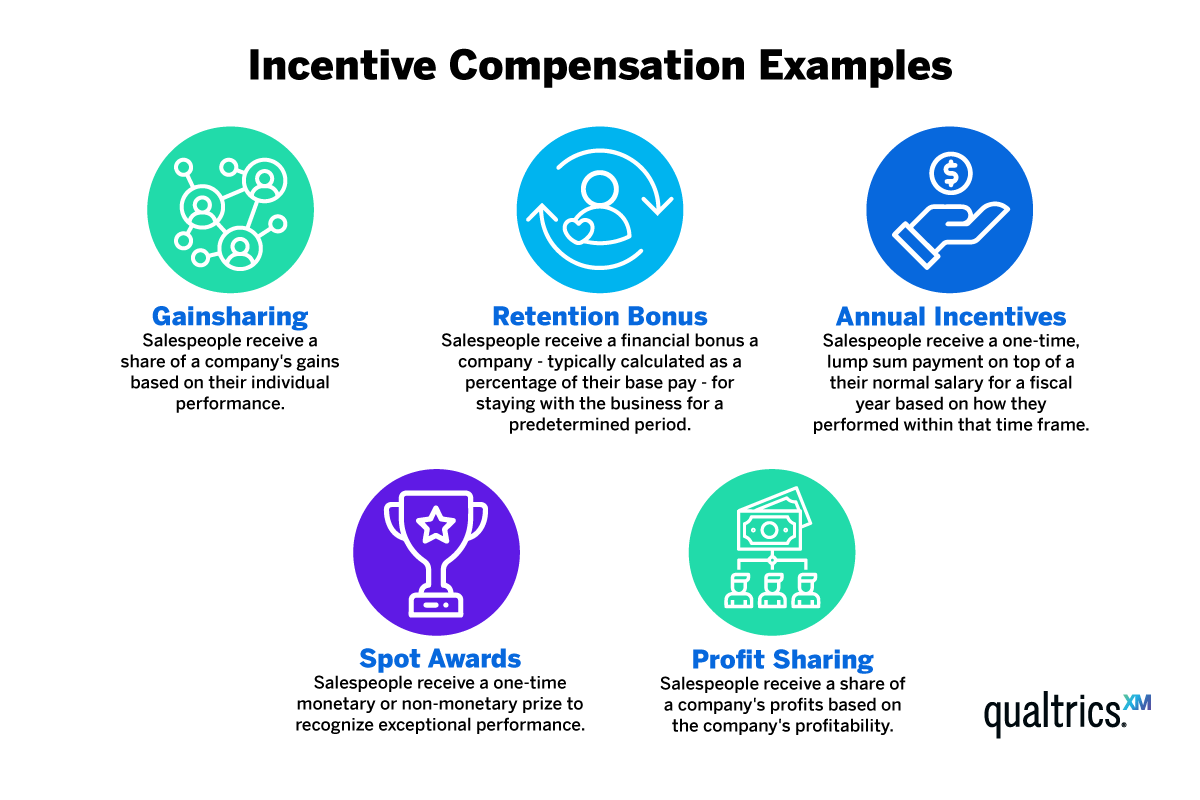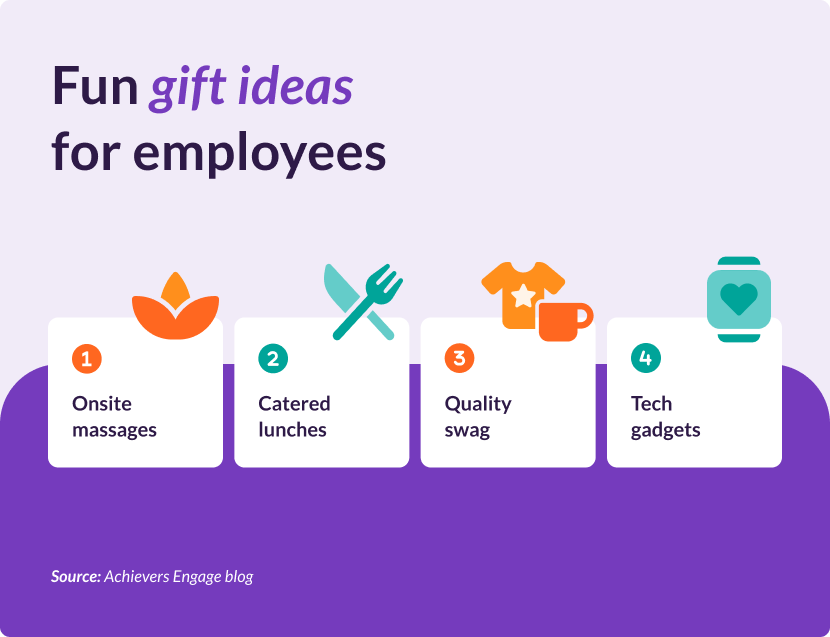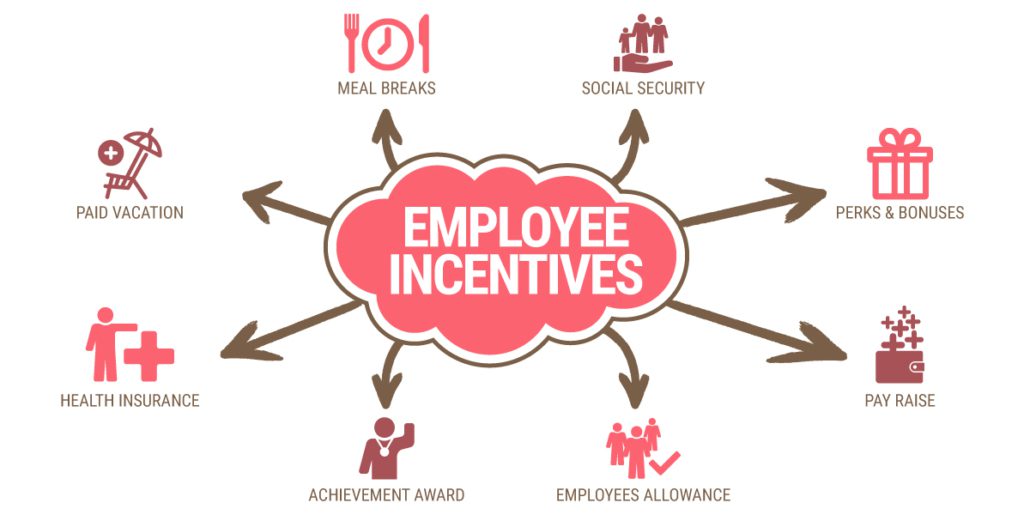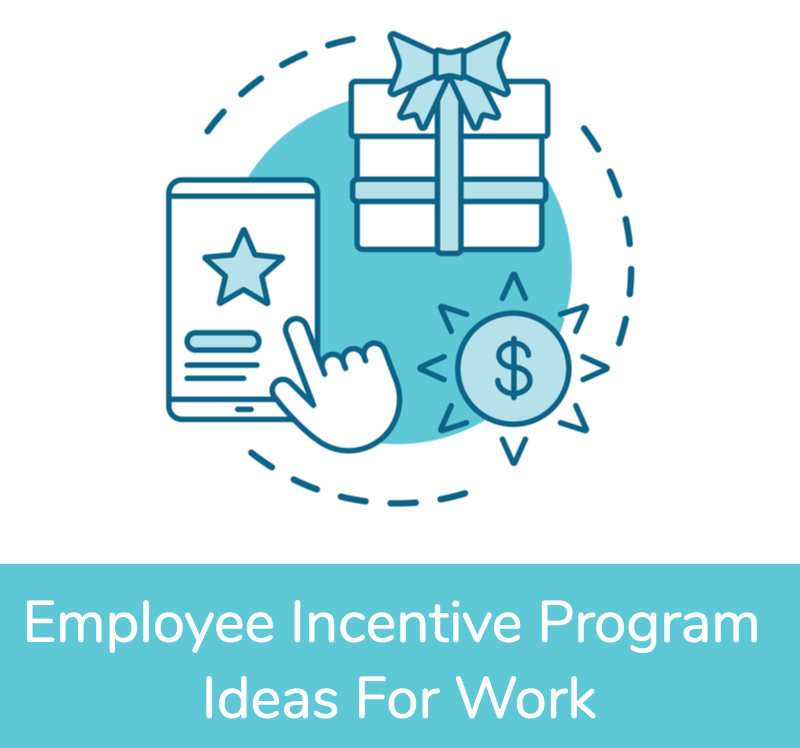What Incentives Can You Give Employees

The scramble to attract and retain top talent has intensified, leaving businesses grappling with how to motivate their workforce. Traditional compensation packages are no longer enough; employees are seeking more than just a paycheck. Companies are now exploring a diverse range of incentives to boost morale, increase productivity, and foster a thriving workplace culture.
The core question is: What incentives genuinely resonate with today's employees and translate into tangible benefits for the organization? This article delves into the multifaceted world of employee incentives, examining the various strategies businesses are employing to create a motivated and engaged workforce, from traditional bonuses to cutting-edge well-being programs and professional development opportunities.
Financial Incentives: Beyond the Base Salary
Monetary rewards remain a cornerstone of employee motivation. Bonuses tied to individual or team performance can be highly effective in driving specific goals.
Profit-sharing programs, as cited by the National Center for Employee Ownership (NCEO), can foster a sense of ownership and align employee interests with company success. Stock options, particularly in startups, offer employees the chance to share in the company's growth.
However, studies show that financial incentives alone are not a sustainable long-term motivator. A 2023 survey by SHRM (Society for Human Resource Management) found that while salary remains important, employees increasingly value non-monetary benefits.
Non-Financial Incentives: Cultivating a Positive Work Environment
Many modern approaches focus on creating a supportive and engaging work environment. Flexible work arrangements, including remote work options and flexible hours, are highly sought after.
Work-life balance has become a critical factor for many employees, especially younger generations. Companies are responding by offering generous parental leave, paid time off for volunteering, and mental health support.
Opportunities for professional development and career advancement are also key. Investing in training programs, mentorship opportunities, and tuition reimbursement can demonstrate a company's commitment to employee growth, as emphasized by a 2024 Deloitte report on talent strategies.
The Rise of Well-being Programs
Employee well-being is increasingly recognized as a critical factor in productivity and retention. Comprehensive well-being programs address physical, mental, and financial health.
These programs can include on-site gyms, wellness stipends, mindfulness workshops, and access to financial advisors. According to a Kaiser Family Foundation study, employees with access to well-being programs report higher levels of job satisfaction and lower rates of burnout.
Employee Assistance Programs (EAPs) provide confidential counseling and support services for employees facing personal or professional challenges. These programs can be invaluable in addressing mental health issues and promoting overall well-being.
Recognition and Appreciation: The Power of Acknowledgment
Recognizing and appreciating employees for their contributions is a powerful, yet often overlooked, incentive. Simple acts of gratitude can go a long way in boosting morale.
Formal recognition programs, such as employee-of-the-month awards or peer-to-peer recognition platforms, can create a culture of appreciation. Public acknowledgment of achievements reinforces positive behaviors and motivates others.
Gallup research consistently shows that employees who feel appreciated are more engaged and productive. Making recognition a regular part of the workplace culture is crucial.
Tailoring Incentives to Individual Needs
A one-size-fits-all approach to incentives is unlikely to be effective. Understanding the diverse needs and preferences of employees is essential.
Conducting employee surveys and focus groups can provide valuable insights into what motivates different individuals. Offering a variety of incentive options allows employees to choose what is most meaningful to them.
Some companies are experimenting with personalized benefit packages, allowing employees to allocate a certain amount of funds to the benefits they value most. This demonstrates a commitment to individual needs and preferences.
Looking Ahead: The Future of Employee Incentives
The landscape of employee incentives is constantly evolving. As the workforce becomes more diverse and expectations change, businesses must continue to adapt their strategies.
Data-driven approaches will become increasingly important. Companies will leverage analytics to track the effectiveness of different incentives and make informed decisions about resource allocation.
Ultimately, the most successful incentive programs will be those that are aligned with the company's values, promote a positive work culture, and support the overall well-being of employees. Creating a workplace where employees feel valued, supported, and empowered is the key to attracting and retaining top talent in today's competitive market.
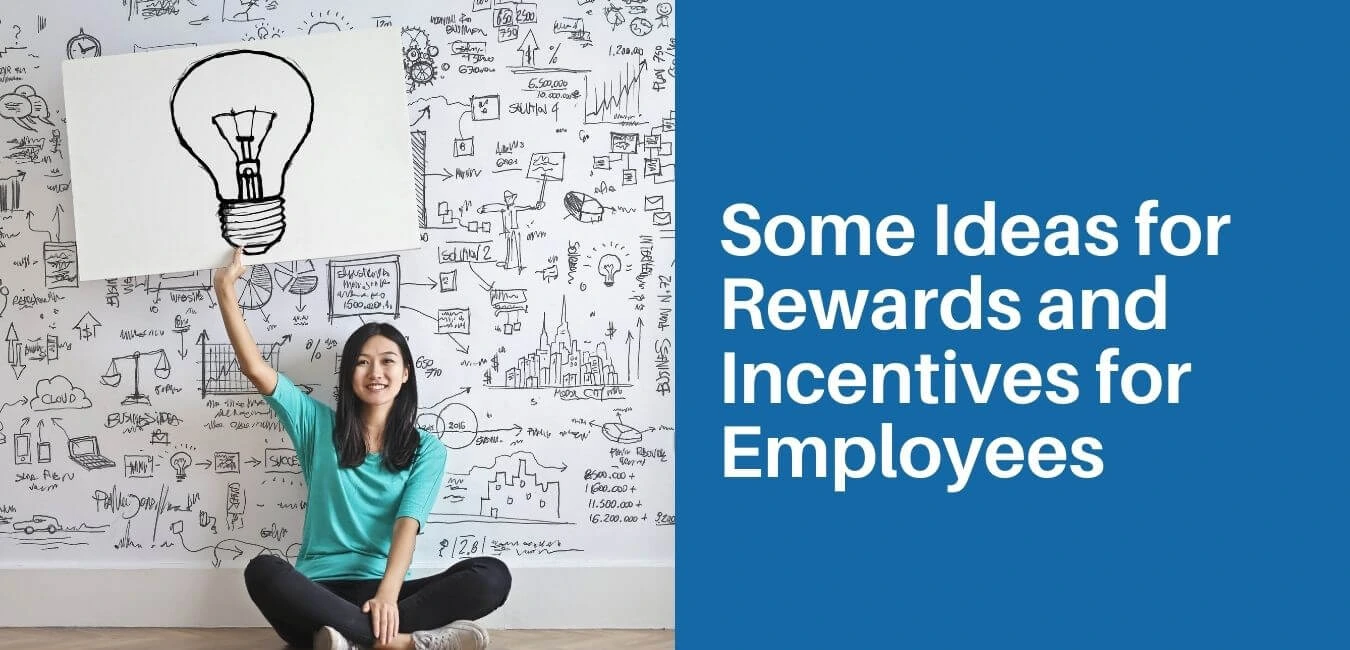
![What Incentives Can You Give Employees Employee Incentive Programs: The Best 24 Ranked [2023] - HR University](https://hr.university/wp-content/uploads/2021/12/Things-to-remember-when-developing-employee-incentive-programs-768x454.jpg)
